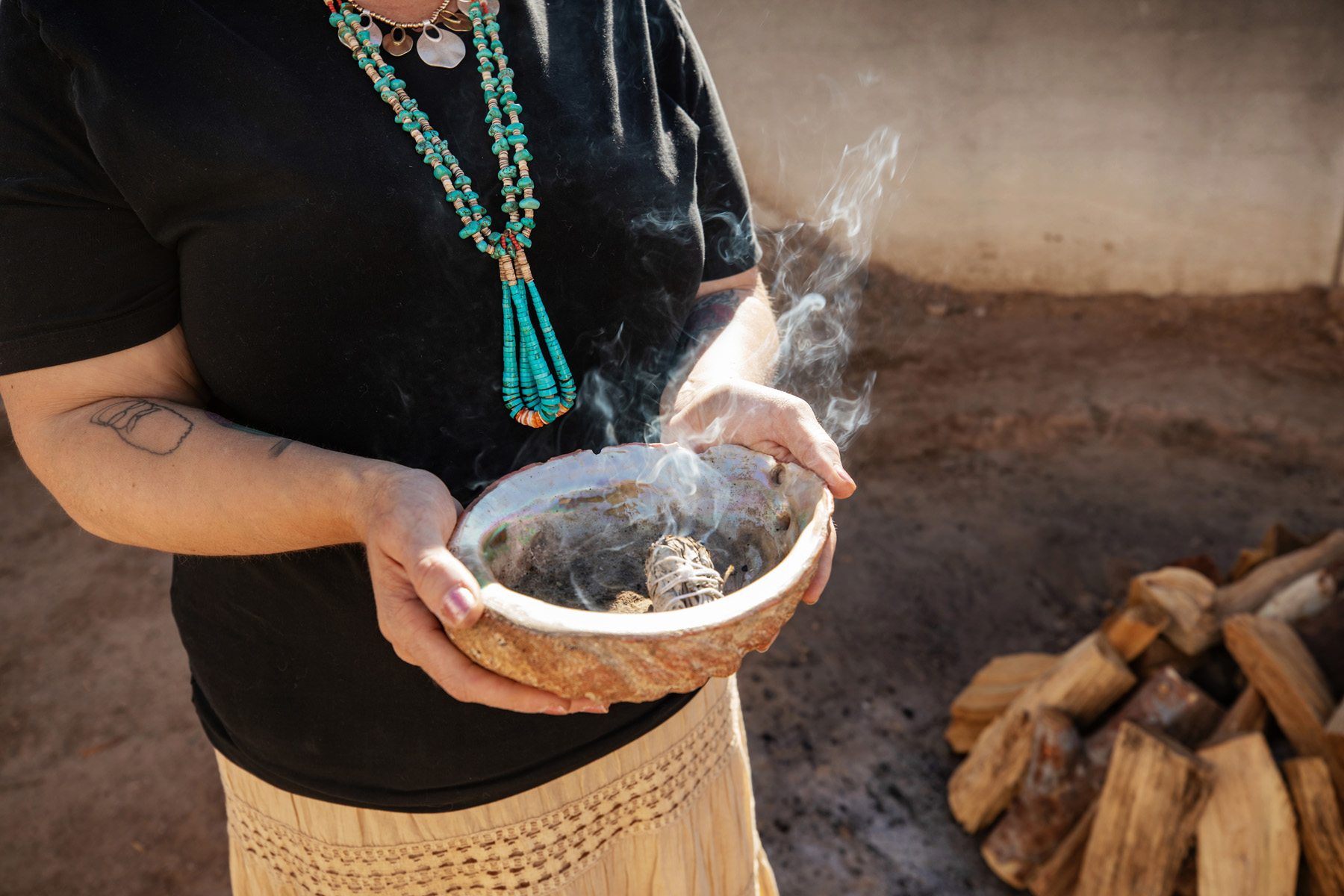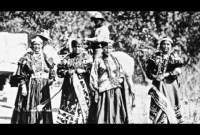
Beyond the Clinic: The Enduring Wisdom of Traditional Native American Healing
In a world increasingly dominated by the sterile efficiency of modern medicine, a profound and ancient wisdom continues to flow through the veins of North America: Traditional Native American healing practices. Far from being a mere collection of herbal remedies or isolated rituals, these practices represent a holistic, spiritual, and communal approach to well-being that views health not as the absence of disease, but as a harmonious balance among mind, body, spirit, community, and the natural world.
For millennia, long before the arrival of European settlers, Indigenous peoples across what is now the United States and Canada developed intricate systems of healing rooted in their deep connection to the land, their spiritual beliefs, and the wisdom passed down through generations. These systems, as diverse as the hundreds of distinct tribes themselves, share common threads: a profound respect for nature, a recognition of the interconnectedness of all life, and an understanding that illness often stems from an imbalance, whether physical, emotional, spiritual, or social.

A Holistic Tapestry: The Core Philosophy
At the heart of Native American healing is the concept of holism. Unlike Western medicine, which often compartmentalizes the body and treats symptoms, traditional Indigenous healing seeks to understand and address the root cause of dis-ease by examining the whole person within their environment. "We don’t just treat the sickness; we treat the person, their family, their community, and their relationship to the Earth," explains a paraphrased sentiment common among many elders. "Because if one part is out of balance, the whole is affected."
This perspective is often visualized through the Medicine Wheel, a sacred symbol found in many Native cultures. Representing the four directions, the four aspects of human nature (physical, mental, emotional, spiritual), the four seasons, and the four stages of life, the Medicine Wheel emphasizes balance and cyclical patterns. Health is achieved when all these elements are in harmony and moving in the right direction.
The Healer’s Path: Guides and Keepers of Knowledge
Central to these practices are the healers themselves – often referred to as Medicine People, Shamans, or Traditional Healers. These individuals are not merely practitioners; they are spiritual guides, visionaries, and keepers of vast ancestral knowledge. Their path is one of lifelong learning, often beginning with a spiritual calling, followed by years of rigorous training under an elder or through personal spiritual experiences like vision quests.
Their tools are not just herbs and instruments, but also ceremony, song, prayer, and storytelling. They possess a deep understanding of human nature, tribal history, and the subtle energies of the natural world. Their role extends beyond treating illness to guiding individuals and communities through life’s challenges, ensuring spiritual well-being, and maintaining cultural integrity.
Sacred Modalities: Practices for Rebalancing
The specific healing modalities employed vary widely among tribes, but several common practices resonate across many Indigenous cultures:

-
Herbal Medicine: The knowledge of plants is perhaps the most widely recognized aspect of Native American healing. Indigenous peoples have an encyclopedic understanding of the medicinal properties of local flora, passed down through oral traditions for thousands of years. From willow bark for pain relief (the natural precursor to aspirin) to echinacea for immune support, and sage for cleansing, the plant kingdom is seen as a living pharmacy provided by the Creator. However, the use of herbs is not merely about chemical compounds; it’s deeply spiritual. Gratitude is offered to the plant before harvesting, and the preparation and administration are often accompanied by prayer and ceremony.
-
Ceremony and Ritual: Ceremonies are the bedrock of Native American healing. They are powerful collective experiences designed to restore balance, purify, and connect individuals to the spiritual realm.
- The Sweat Lodge (Inipi): Found in many Plains tribes, the sweat lodge is a powerful purification ceremony. Participants enter a dome-shaped lodge, often covered with blankets, where superheated stones (Grandfathers) are placed in a central pit. Water is poured over the stones, creating steam. Accompanied by drumming, singing, and prayer, the intense heat and darkness facilitate physical detoxification, emotional release, and spiritual cleansing. It is seen as a return to the womb of Mother Earth, a place of rebirth and renewal.
- Vision Quest (Hanblecheyapi): For some, particularly young men and women seeking guidance, the vision quest involves solitary fasting and prayer in a remote natural setting for several days. The goal is to receive a vision or message from the spiritual world, providing direction for one’s life purpose and healing.
- Smudging: A common purification ritual, smudging involves burning sacred herbs like sage, cedar, sweetgrass, or tobacco. The smoke is fanned over a person, object, or space to cleanse negative energy, purify, and invite positive spirits. It’s often performed before ceremonies, meetings, or for personal spiritual hygiene.
-
Storytelling and Oral Tradition: Narratives are powerful healing tools. Traditional stories, myths, and legends transmit cultural values, ethical codes, and coping mechanisms. They provide context for human suffering, offer models for resilience, and connect individuals to the collective wisdom of their ancestors. Through storytelling, individuals can process trauma, find meaning in illness, and discover paths to recovery.
-
Song and Drumming: Music is considered a direct line to the spiritual world. Songs, often received in visions, are used for specific healing purposes, to call upon spirits, or to invoke specific energies. The drum, often called the "heartbeat of the Earth," facilitates altered states of consciousness, promotes healing vibrations, and unites participants in a shared rhythm.
-
Community and Connection to Land: Healing is rarely an individual endeavor. The support of family and community is paramount. When someone is ill, the entire community often rallies around them, offering prayers, practical support, and participation in healing ceremonies. Furthermore, the deep spiritual connection to the land is a vital part of well-being. Sacred sites, ancestral lands, and the natural environment are seen as sources of healing energy and identity. Disconnection from these elements can lead to spiritual and physical malaise.
Resilience and Revitalization: Healing in the Modern Era
The history of Native American healing is also a story of immense resilience. For centuries, these practices were suppressed by colonial powers, outlawed by governments, and demonized by missionaries. Traditional healers faced persecution, and children were forcibly removed from their families and placed in boarding schools where their language, culture, and spiritual practices were forbidden. This cultural genocide led to immense trauma, the effects of which continue to impact Indigenous communities today.
Despite these efforts, the wisdom endured, passed down in secret, preserved by dedicated elders. Today, there is a powerful revitalization movement. Tribes are reclaiming their languages, ceremonies, and healing traditions. Traditional healers are openly practicing again, often working alongside Western medical professionals in integrated health settings. Many tribal health centers now incorporate elements like sweat lodges, smudging ceremonies, and traditional counseling alongside conventional treatments for issues like diabetes, heart disease, and mental health challenges.
This integration is not about replacing Western medicine but about offering a complementary, culturally resonant approach that addresses the unique needs of Indigenous peoples, particularly in healing historical trauma. As one Lakota elder reportedly said, "We need to walk on two legs: one leg of our traditional ways and one leg of the modern world. Both are necessary for us to move forward."
Respect and Reciprocity: A Call for Understanding
As interest in traditional healing grows, it’s crucial to approach these practices with profound respect and cultural sensitivity. Non-Indigenous individuals seeking to learn or participate must do so with humility, seeking permission, and understanding that these are not commodities to be appropriated or simplified for personal gain. The "shamanic tourism" industry and the commercialization of sacred practices like smudging by non-Indigenous businesses are deeply problematic, disrespecting millennia of tradition and often misrepresenting the true meaning and power of these rituals.
True understanding comes from building relationships with Indigenous communities, listening to their voices, and supporting their efforts to preserve and transmit their own heritage. The wisdom embedded in Native American healing practices offers invaluable lessons for all humanity: lessons about interconnectedness, the power of community, the healing potential of nature, and the profound importance of spiritual well-being.
In a world grappling with chronic illness, environmental degradation, and a profound sense of disconnection, the ancient whispers of Native American healing offer not just remedies, but a profound blueprint for living in balance, harmony, and respectful relationship with all of creation. It is a path that reminds us that true health is not just about the body, but about the spirit, the community, and the sacred Earth beneath our feet.


